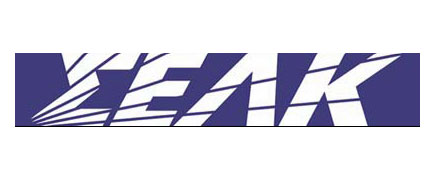Job vacancy rate down to 1.2% in 2nd Quarter of 2020 in Cyprus
September 16,2020
In the second quarter of 2020, the job vacancy rate in the euro area and in the European Union (EU) was 1.6%, down from 1.9% in the previous quarter and from 2.3% in the second quarter of 2019, according to figures published by Eurostat, the statistical office of the European Union.
In Cyprus the job vacancy rate was 1.2%, down from 2.0% the previous quarter and 1.7% in the same quarter of 2019.
In Greece the job vacancy rate was 0.3%, down from 0.4% in the first quarter and 0.7% in the second quarter of 2020.
In the euro area, the job vacancy rate in the second quarter of 2020 was 1.3% in industry and construction, and 1.7% in services.
In the EU, the rate was 1.4% in industry and construction, and 1.7% in services.
Among the Member States for which comparable data are available, the highest job vacancy rates in the second quarter of 2020 were recorded in the Czech Republic (5.4%), Belgium (3.1%) and Austria (2.6%).
In contrast, the lowest rates were observed in Greece (0.3%), as well as in Ireland, Spain, Poland, Portugal and Romania (all 0.7%).
Compared with the same quarter of the previous year, the job vacancy rate fell in twenty-five Member States, remained stable in Bulgaria and increased in France (by 0.1 percentage points).
The largest decreases were registered in Malta (-1.6), Germany (-1.2), Latvia and the Netherlands (both -1.0).
In the second quarter of 2020, the hourly labour costs rose by 4.2% in the euro area, by 4.1% in the European Union (EU) and decreased by -8.6 in Cyprus and by -2.9% in Greece, compared with the same quarter of the previous year.
The two main components of labour costs are wages & salaries and non-wage costs.
In the euro area, the cost of wages & salaries per hour worked grew by 5.2% and the non-wage component grew by 0.8% in the second quarter of 2020 compared with the same quarter of the previous year.
In the first quarter of 2020, the annual changes were +3.9% for wages & salaries and +3.1% for the non-wage component.
In the EU, the costs of hourly wages & salaries increased by +5.3% and the non-wage component rose by +0.1% in the second quarter of 2020.
In the first quarter of 2020, annual changes were +4.1% and +3.3% respectively.
In both the EU and the euro area, the increase in hourly wage costs indicates that the decrease in the number of hours worked, due to the Covid-19 crisis, was not fully compensated by a matching decrease in wages.
This increase in hourly wage costs was partly compensated by the moderate increase in the non-wage component, due to tax reliefs and subsidies introduced by EU governments to support enterprises affected by the crisis.
In the second quarter of 2020 compared with the same quarter of the previous year, hourly labour costs in the euro area rose by 4.3% in the (mainly) non-business economy and by 4.1% in business economy: 4.4% in services, 3.8% in industry and 2.8% in construction.
In the EU, hourly labour cost grew by 4.3% in the (mainly) non-business economy and by 4.0% in the business economy: 4.3% services, 3.9% in industry and 2.3% in construction.
(CNA)



